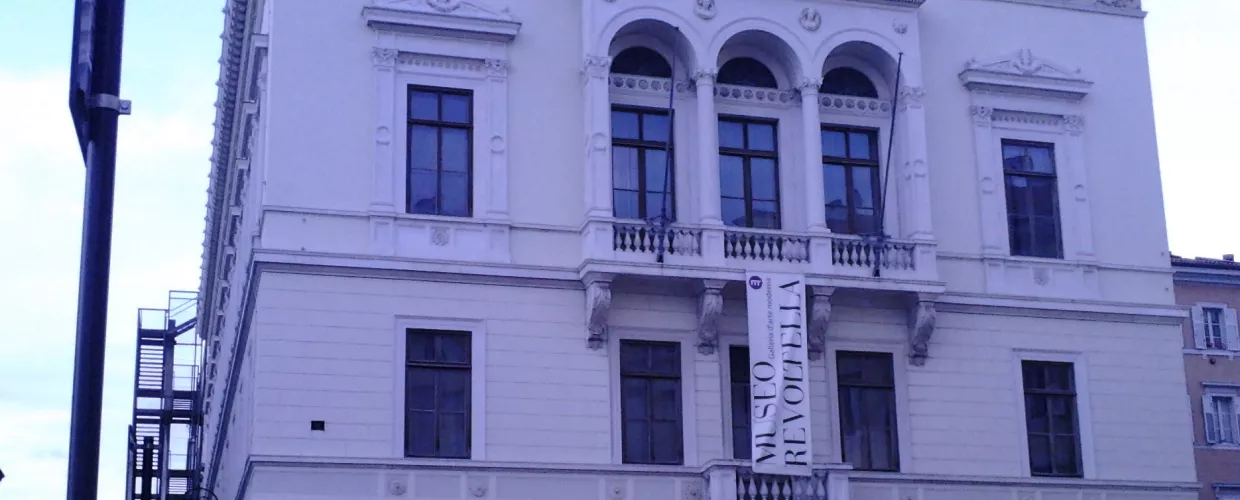

Overview
The museum, founded in 1872, is probably the most significant of the many to be seen in Trieste. It is housed in the neo-Renaissance palace that entrepreneur Pasquale Revoltella had built between 1852 and 1858, commissioning a German architect. The story of Revoltella, who was of Venetian origin, is interesting in itself. He was one of the first shareholders in Assicurazioni Generali and one of the board members of Lloyd Austria. He became a key figure in the project for the excavation of the Suez Canal and had a prestigious business school established in his adopted home, Trieste.
The collections extend among various connected buildings. An ambient museum, almost a multi-level house museum, is set up in the original building on Piazza Venezia, with period furniture and examples of neoclassical sculptures (including some by Antonio Canova). The upper floors of a second building next door form the Galleria d'Arte Moderna, with works from the second half of the 19th and 20th centuries. Among them are important paintings by Giovanni Fattori (Bivacco), Giuseppe De Nittis (Ritorno dalle corse) and Luigi Nono (Ave Maria), as well as more recent ones by Casorati, Sironi, Carrà and De Chirico, and conspicuous collections of contemporary art from Friuli and Trieste.
The integration of the Revoltella building with the nearby Casa Brunner, purchased by the municipality in the early 20th century, and Palazzina Basevi was designed by Carlo Scarpa in the 1960s. The monumental atrium bears a spectacular inscription, with a phrase taken from Plato's Phaedrus.